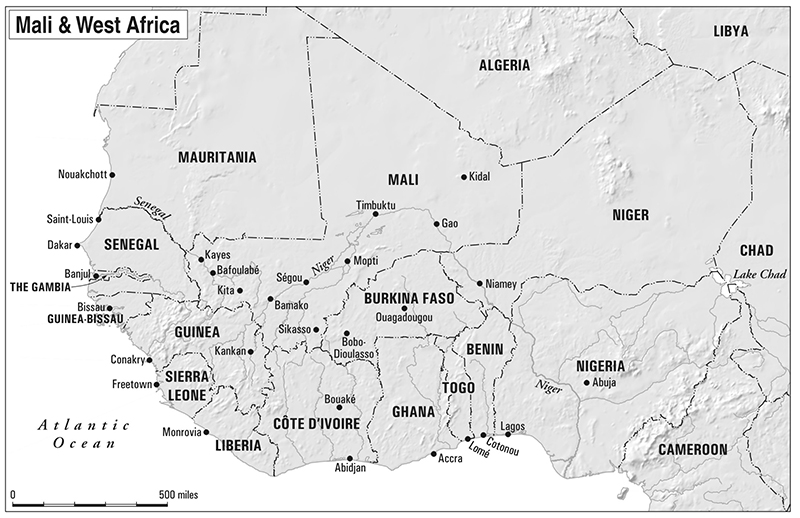A Sense of Urban Africa
|
The Introduction presents theoretical perspectives on the concepts of “morality,” “ethics,” and “Afropolitanism.” In working towards an understanding of an “Afropolitan ethics,” this chapter situates the ethico-moral personhood of artists like Sidiki Diabaté within a locally rooted and globally routed urban African context.
|
KEY TERMS
WHO's WHO
QUESTIONS FOR DISCUSSION
FURTHER READING & DISCUSSION
|
